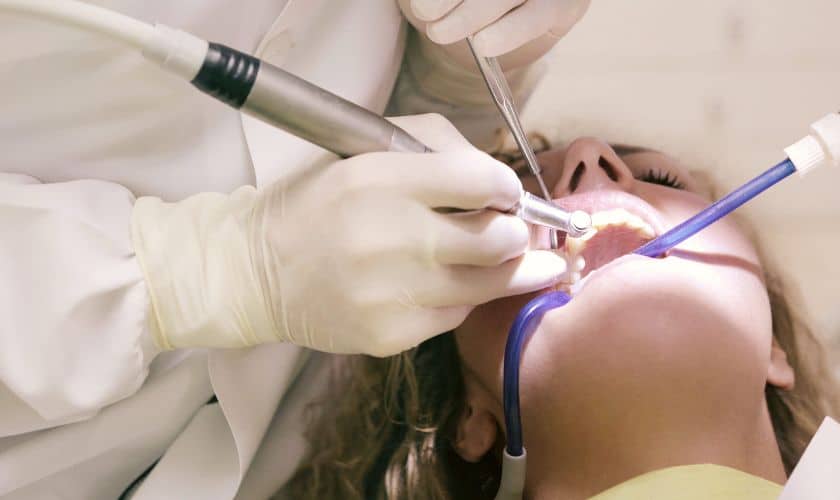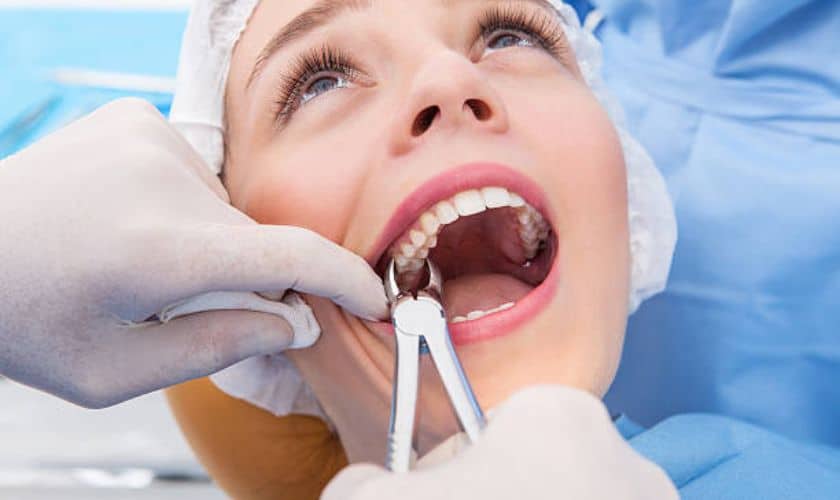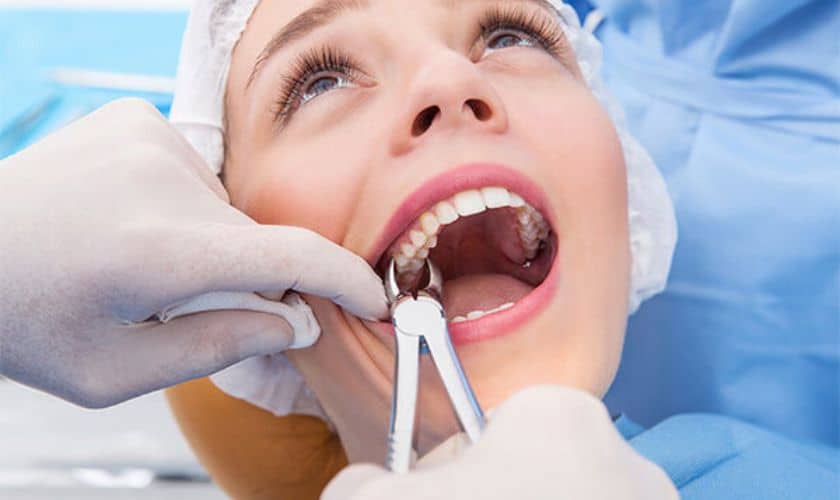
Welcome to the world of tooth extraction, where we uncover the secrets behind this dental procedure. Tooth extraction is a common dental treatment that involves the removal of a tooth from its socket in the jawbone. While the thought of having a tooth extracted may seem daunting, it is often necessary to alleviate pain, prevent further damage, or create space for orthodontic treatment. In this introduction, we will explore the reasons why tooth extraction is performed, the different types of extractions, and what you can expect during and after the procedure. Join us as we pull back the curtain and shed light on the secrets of tooth extraction.
Tooth Extraction Overview
Tooth extraction is a dental procedure that involves the removal of a tooth from its socket in the jawbone. It is typically performed by a dentist or an oral surgeon and may be necessary for various reasons. Common reasons for tooth extraction include severe tooth decay, advanced gum disease, tooth overcrowding, impacted wisdom teeth, or preparation for orthodontic treatment. The process typically involves numbing the area with local anesthesia, loosening the tooth with specialized tools, and gently removing it from the socket. After the extraction, proper care and follow-up instructions are provided to ensure proper healing. While it may sound intimidating, it is a routine procedure performed to improve oral health and alleviate discomfort.
Common Reasons for Tooth Extraction
1. Severe tooth decay and infection: When a tooth is extensively damaged by decay or infection, extraction may be necessary to prevent further spread of the infection to surrounding teeth and tissues.
2. Advanced gum disease: If gum disease progresses to an advanced stage, it can cause significant damage to the supporting structures of the teeth, leading to tooth loosening. In such cases, extraction may be required to remove the affected tooth.
3. Tooth overcrowding: In some cases, teeth may be overcrowded, causing alignment issues or preventing the eruption of permanent teeth. Extracting one or more teeth can create space and allow for proper alignment or orthodontic treatment.
4. Impacted wisdom teeth: Wisdom teeth, also known as third molars, often lack space to fully erupt and can become impacted or trapped beneath the gum line. Impacted wisdom teeth can cause pain, infection, and damage to adjacent teeth, necessitating their extraction.
5. Preparation for orthodontic treatment: In certain orthodontic cases, tooth extraction may be necessary to create space for teeth to be properly aligned. Removing a tooth or two can help achieve optimal alignment and improve the overall outcome of orthodontic treatment.
Tooth Extraction Process
1. Examination and X-rays: Before the extraction, the dentist will examine the tooth and surrounding tissues and may take X-rays to assess the condition of the tooth, its position, and any potential complications.
2. Anesthesia: Local anesthesia is typically administered to numb the area around the tooth to ensure a painless extraction. In some cases, conscious sedation or general anesthesia may be used for more complex extractions or for patients with dental anxiety.
3. Tooth extraction: Using specialized instruments, the dentist will carefully loosen the tooth from its socket and gently remove it. In some cases, a small incision in the gum may be necessary to access the tooth. The dentist will ensure that the entire tooth, including the root, is completely removed.
4. Post-extraction care: After the extraction, the dentist will provide instructions for post-operative care, including guidelines for managing pain, swelling, and bleeding. It is important to follow these instructions to promote proper healing and minimize the risk of complications.
Recovery and Aftercare
1. Pain management: The extraction site may be tender and sensitive after the procedure. The dentist may prescribe pain medication or recommend over-the-counter pain relievers to manage any discomfort. Applying an ice pack to the area can also help reduce swelling and alleviate pain.
2. Oral hygiene: It’s important to maintain good oral hygiene during the recovery period. However, be gentle around the extraction site to avoid disturbing the blood clot that forms to protect the socket. Brush your teeth carefully, avoiding the extraction area, and rinse your mouth with saltwater or an antiseptic mouthwash to keep the area clean.
3. Follow-up appointments: The dentist may schedule a follow-up appointment to monitor your healing progress. During this visit, they will check the extraction site, remove any stitches if necessary, and provide further instructions for your recovery. It’s important to attend these appointments to ensure proper healing and address any concerns or complications that may arise.
Source : Teeth Talk Girl
In conclusion, Tooth extraction is a common dental procedure that may be necessary for various reasons. While it may sound intimidating, it is typically a safe and effective solution for addressing dental issues. By following proper aftercare instructions and seeking guidance from your dentist, you can ensure a smooth recovery and maintain your oral health after tooth extraction.
FAQs about Tooth Extraction
1. Is tooth extraction painful?
The procedure is typically performed under local anesthesia, which numbs the area around the tooth. You may feel some pressure during the extraction, but you should not experience any pain. After the procedure, you may experience some discomfort, which can be managed with pain medication prescribed by your dentist.
2. How long does it take to recover?
The recovery time can vary depending on the complexity of the extraction and individual healing capabilities. Generally, it takes about one to two weeks for the gum tissue to heal and the extraction site to close up. However, it’s important to follow your dentist’s post-operative instructions to promote proper healing and avoid complications.
3. What Types of Drinks to Avoid After Tooth Extraction ?
You must need to know about What Types of Drinks to Avoid After Tooth Extraction. Avoid hot drinks like coffee or tea, alcoholic beverages, and carbonated drinks after tooth extraction to prevent irritation and complications. Stick to cold water or soft, non-acidic liquids. Additionally, it’s crucial to steer clear of anything acidic or too sugary, such as citrus juices or sodas, as they can aggravate the extraction site and hinder the healing process.
4. Can I eat normally after this procedure?
It’s recommended to stick to soft foods for the first few days after a tooth extraction. Avoid hot, spicy, and crunchy foods that can irritate the extraction site. Gradually reintroduce solid foods as the healing progresses. It’s important to chew on the opposite side of the extraction site and avoid using a straw to prevent dislodging the blood clot.




